
Gyeongbokgung Palace: A Glimpse into Korea's Regal Past
Explore the grandeur of Gyeongbokgung Palace, Seoul's iconic cultural landmark showcasing Korea's rich history and stunning architecture.
Gyeongbokgung Palace, the grandest of Seoul's five palaces, offers tourists a stunning insight into Korea's history, culture, and architecture. With its majestic gates, beautiful gardens, and rich historical significance, it's a must-visit for anyone exploring the capital.
A brief summary to Gyeongbokgung Palace
- 161 Sajik-ro, Jongno District, Seoul, KR
- +822-3700-3900
- Visit website
Local tips
- Visit during the early morning or late afternoon to avoid large crowds and enjoy a quieter experience.
- Wear comfortable shoes, as there is a lot of walking involved throughout the vast palace grounds.
- Check the schedule for the changing of the guard ceremony to witness this traditional event.
- Consider renting a hanbok (traditional Korean clothing) for an immersive experience and stunning photo opportunities.
- Don’t forget to visit the National Palace Museum located within the palace grounds for further insights into Korean history.
Getting There
-
Car
If you're traveling by car from the Yeongseo Region, head towards the Gyeongbu Expressway (Route 1) heading south. Merge onto the Olympic Highway (Route 6) towards Seoul. Follow the signs for the city center and exit at Gwanghwamun. Gyeongbokgung Palace is located at 161 Sajik-ro, Jongno District, Seoul. Parking is available nearby, but keep in mind there may be parking fees that can range from 2,000 KRW to 5,000 KRW per hour, depending on the location.
-
Public Transportation
To reach Gyeongbokgung Palace via public transportation, take an express bus from major towns in the Yeongseo Region to Seoul. After arriving at the Seoul Express Bus Terminal, transfer to the subway. Take Line 3 (the Orange Line) from the Express Bus Terminal Station towards Daehwa and transfer at Gyeongbokgung Station. Exit at Gyeongbokgung Station (Exit 5). The palace is a short 5-minute walk from the exit. The total cost for the bus and subway combined should be around 3,000 KRW to 5,000 KRW depending on your starting point.
Discover more about Gyeongbokgung Palace
Iconic landmarks you can’t miss
Jagyeongjeon
0.1 km
Explore the exquisite architecture and serene gardens of Jagyeongjeon, a royal landmark that embodies Korea's rich cultural heritage.
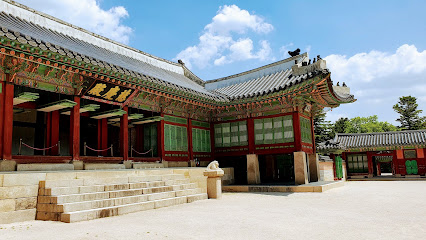
Yeongchumun (West Gate)
0.3 km
Explore Yeongchumun, the West Gate of Gyeongbokgung Palace—an iconic historical landmark where Korea's royal history comes to life.
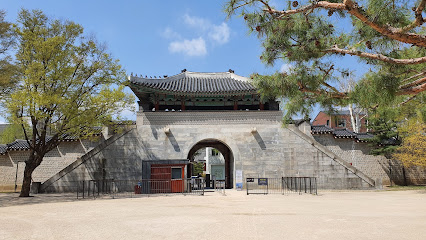
Heungnyemun Gate
0.3 km
Explore the historic Heungnyemun Gate, a stunning entrance to Gyeongbokgung Palace in Seoul, showcasing traditional Korean architecture and rich cultural history.
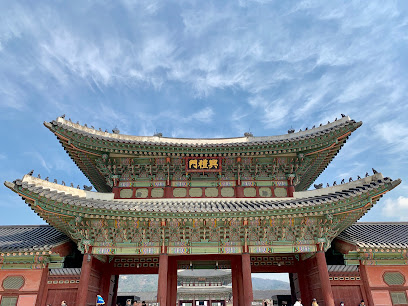
Jibokjae
0.4 km
Discover the elegance and history of Jibokjae, a royal guesthouse showcasing Korea's architectural beauty and cultural heritage.
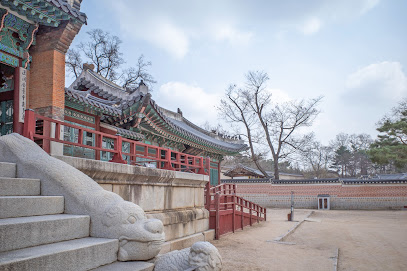
Sinmumun Gate
0.5 km
Explore the historic Sinmumun Gate, a majestic symbol of Seoul's rich heritage and architectural beauty, nestled in the heart of the city.
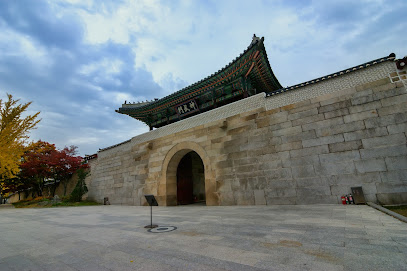
복정우물(Bokjeong Well)
0.5 km
Uncover the historical allure of Bokjeong Well, a serene landmark in the heart of Seoul that showcases the city's rich cultural heritage.
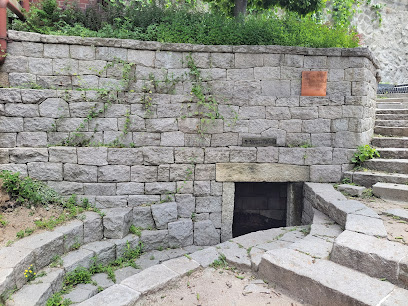
Hanok-gil (Insadong-gil)
0.7 km
Discover the enchanting charm of Hanok-gil, a historic street in Seoul filled with traditional architecture, art galleries, and authentic Korean cuisine.
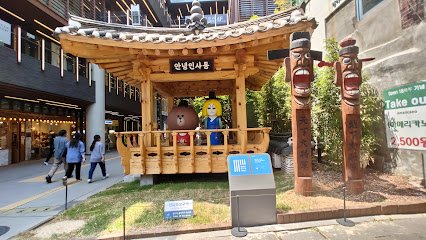
Chimnyugak House
0.7 km
Discover the historical beauty of Chimnyugak House, a tranquil gem in Seoul, where culture and nature harmoniously intertwine.
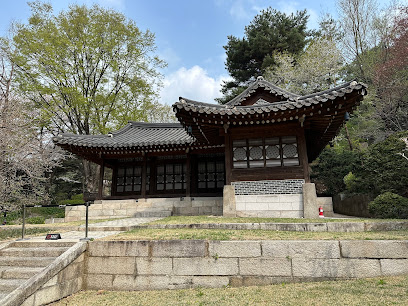
Statue of King Sejong the Great
0.8 km
Explore the rich cultural heritage of Korea at the Statue of King Sejong the Great, an iconic tribute to one of the nation's most revered monarchs.
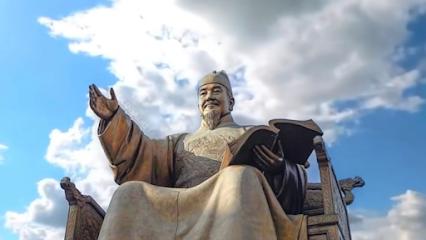
Bigag
0.8 km
Explore the captivating Bigag in Jongno District, where history, culture, and culinary delights come together in the heart of Seoul.
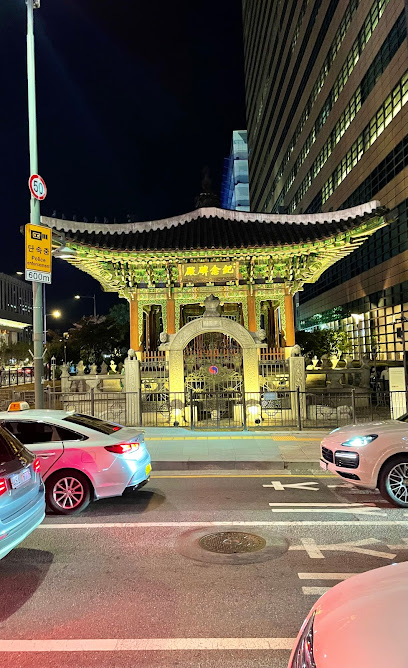
Jogyesa Temple
0.8 km
Immerse yourself in serenity and culture at Jogyesa Temple, a vibrant Buddhist sanctuary in the heart of Seoul, South Korea.
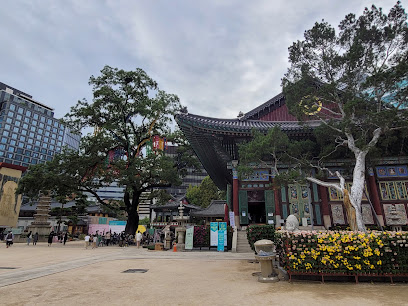
Neungseongwi Palace site
0.8 km
Explore the Neungseongwi Palace site in Seoul, a historical landmark showcasing Korea's royal heritage and stunning architecture amidst serene gardens.
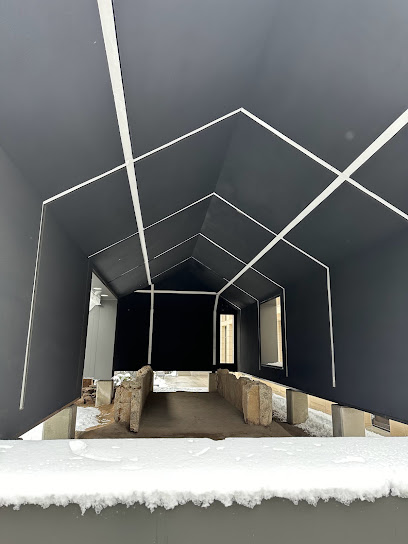
Blue House
0.8 km
Explore the Blue House, the official residence of the South Korean President, and immerse yourself in the rich culture and history of Seoul.
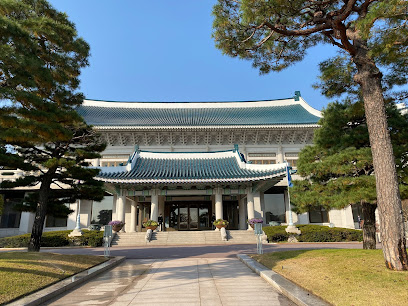
Gwanghwamun Square
0.8 km
Explore Gwanghwamun Square, a vibrant historical landmark in Seoul, rich with culture, stunning views, and significant monuments celebrating Korea's heritage.

Insadong-gil
0.9 km
Discover the vibrant culture of Korea at Insadong-gil, where art, traditional tea, and delicious street food await in the heart of Seoul.
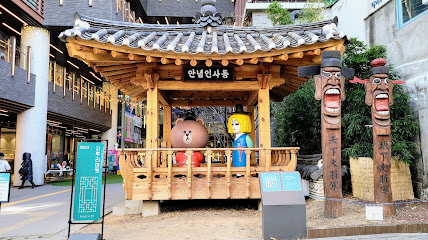
Unmissable attractions to see
Geunjeongjeon
0.1 km
Explore the grandeur of Geunjeongjeon, the main throne hall of Gyeongbokgung Palace, a cultural landmark steeped in Korea's royal heritage.
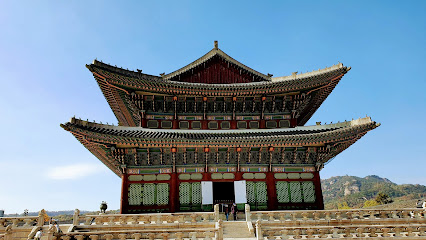
The National Folk Museum of Korea
0.3 km
Discover Korea's vibrant heritage at The National Folk Museum, showcasing the traditions, culture, and history of the Korean people in an enchanting setting.
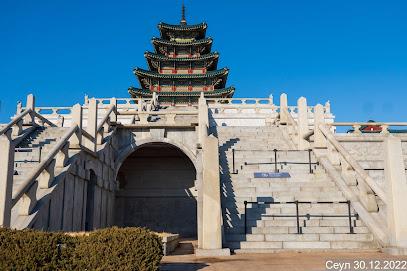
MMCA (National Museum of Modern and Contemporary Art) Seoul
0.3 km
Explore Korea's vibrant contemporary art scene at the National Museum of Modern and Contemporary Art in Seoul, where tradition meets innovation.
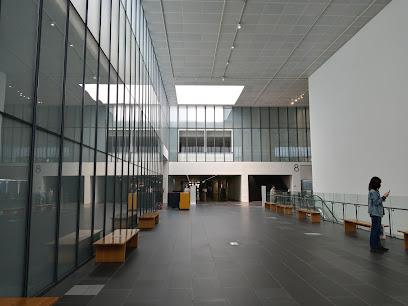
The Children’s Museum of the National Folk Museum of Korea
0.3 km
Discover the joy of learning at The Children’s Museum of the National Folk Museum of Korea – where play meets cultural heritage in an unforgettable adventure!
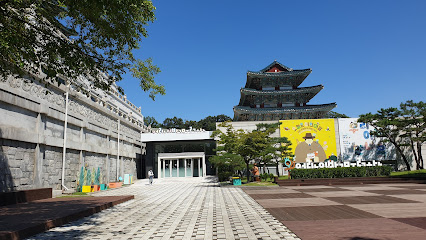
Kukje Gallery
0.3 km
Explore the vibrant world of contemporary art at Kukje Gallery, a must-visit cultural hub in the heart of Seoul, showcasing cutting-edge exhibitions.
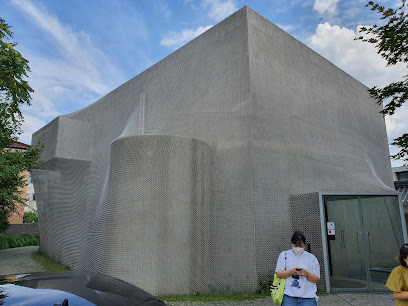
Korean Traditional House(HANOK) by Gyeonbokgung Palace
0.3 km
Discover authentic Korean living at the Hanok by Gyeongbokgung Palace, where tradition meets comfort in the heart of Seoul.

Seochon Hanok Village
0.4 km
Experience the beauty and history of Seochon Hanok Village, a traditional Korean gem in the heart of Seoul.
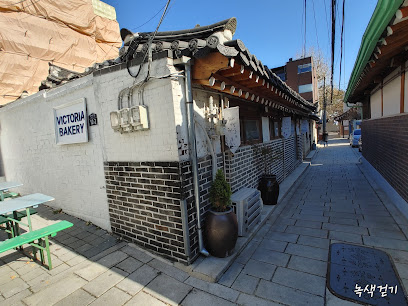
National Palace Museum of Korea
0.4 km
Discover Korea's royal heritage at the National Palace Museum of Korea, featuring exquisite artifacts and a captivating journey through history.
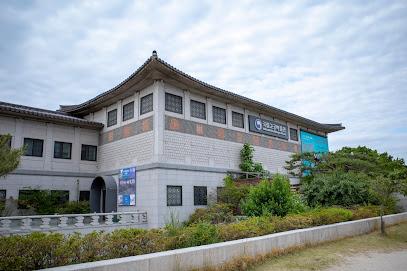
Daelim Museum
0.4 km
Discover contemporary creativity at Daelim Museum, a must-visit modern art destination in the heart of Seoul's Jongno District.
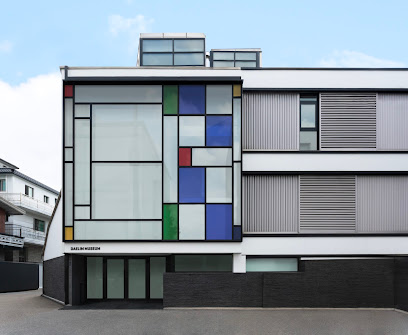
Gwanghwamun Gate
0.4 km
Explore the grandeur of Gwanghwamun Gate, a historical landmark that embodies Seoul's rich cultural heritage and architectural beauty.
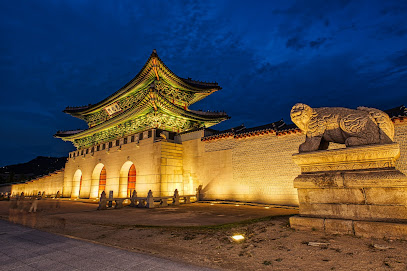
Seoul Hanbok Cafe
0.4 km
Discover the charm of Korean tradition at Seoul Hanbok Cafe, where coffee meets culture in a cozy ambiance.
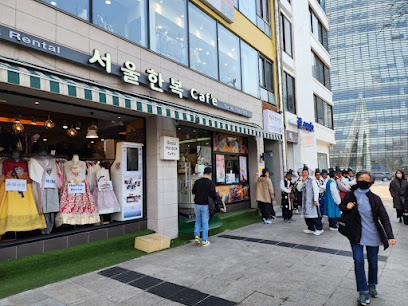
Dongsipjagak
0.4 km
Experience the historical beauty of Dongsipjagak, a must-visit landmark in Seoul that showcases Korea's rich cultural heritage.
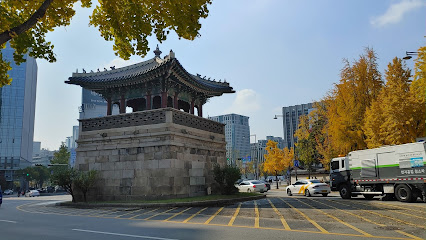
Gwanghwamun Woldae (Elevated Platform)
0.4 km
Discover the historical essence of Seoul at Gwanghwamun Woldae, where tradition and modernity converge in a picturesque setting.
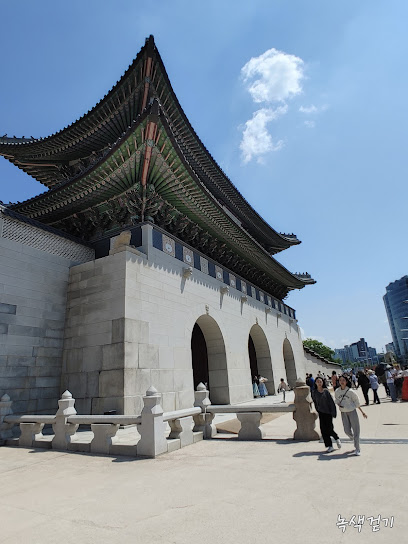
Yeonpungmun Gate
0.5 km
Explore the captivating Yeonpungmun Gate, a historical landmark in Seoul that blends architectural beauty with cultural significance.
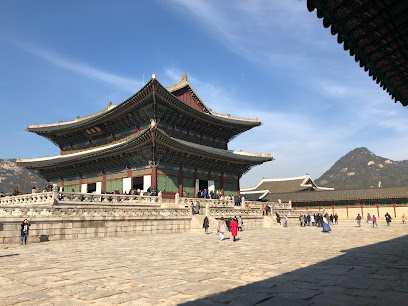
Cheong Wa Dae (Blue House) Sarangchae
0.5 km
Explore the cultural richness of Korea at Cheong Wa Dae Sarangchae, a premier museum and landmark in Seoul's historic Jongno District.

Essential places to dine
The Restaurant
0.3 km
Experience the perfect fusion of Haute French and Italian cuisine at The Restaurant in Seoul's Jongno District.
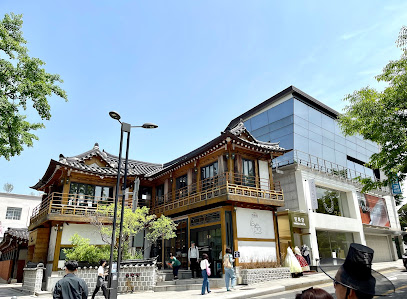
Dugahun
0.4 km
Experience authentic Italian flavors at Dugahun in Jongno District, Seoul – where culinary excellence meets vibrant atmosphere.
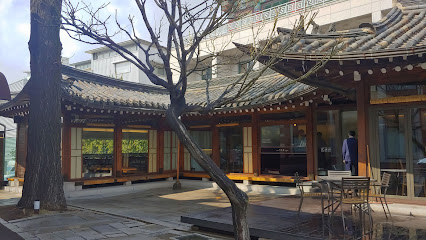
PKM Garden Restaurant & Cafe
0.6 km
Experience the essence of Italy in Seoul at PKM Garden Restaurant & Cafe - where delightful flavors meet serene surroundings.
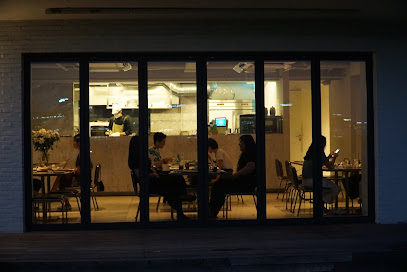
Korean Folk Village
0.8 km
Discover Korea's rich heritage at Korean Folk Village – an open-air museum showcasing traditional life with performances, crafts, and delicious cuisine.
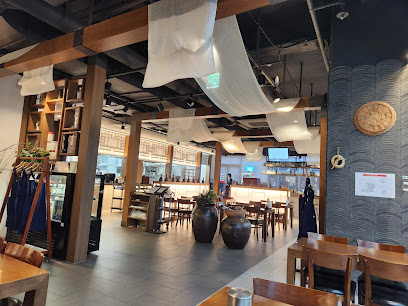
Insadong Geujip
0.9 km
Experience authentic Korean flavors at Insadong Geujip - where tradition meets culinary excellence in Seoul's historic district.

Ha-Yeon Korean Cuisine Restaurant
0.9 km
Savor authentic Korean traditional full-course meals at Ha-Yeon in Jongno-gu, where every dish tells a story.
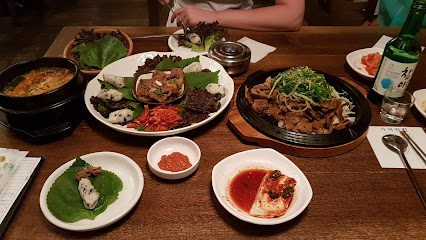
Doma Insadong
1.0 km
Discover authentic Korean flavors at Doma Insadong in Seoul's historic Insadong district – a perfect blend of tradition and taste.
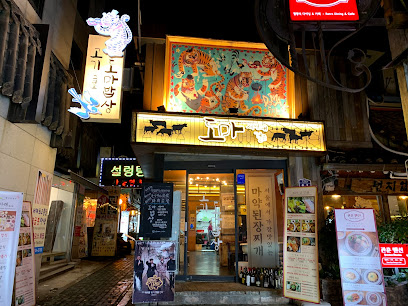
The Market Kitchen
1.0 km
Explore culinary excellence at The Market Kitchen in Seoul with an expansive buffet featuring global flavors and local specialties.
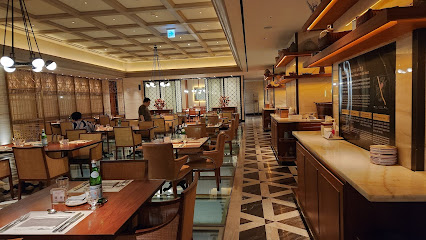
Sanchon
1.0 km
Discover authentic Korean vegetarian cuisine at Sanchon in Seoul's historic Insadong district—an unforgettable dining experience steeped in tradition.

Akira Back
1.0 km
Experience culinary artistry at Akira Back in Seoul – where Canadian flavors meet Korean inspirations in a fine dining setting.
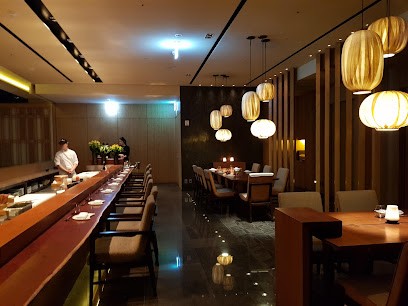
PyeongYang Gogitjip
1.1 km
Experience authentic Korean BBQ at PyeongYang Gogitjip in Jongno District, where flavors meet tradition in every grilled bite.
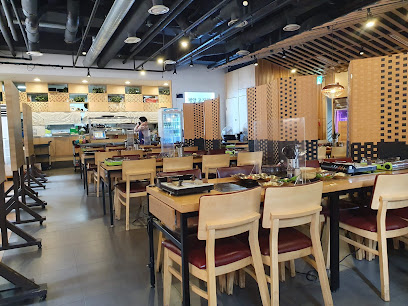
Korean Restaurant Doore
1.1 km
Experience the essence of traditional Korean dining at Doore - where every dish tells a story.
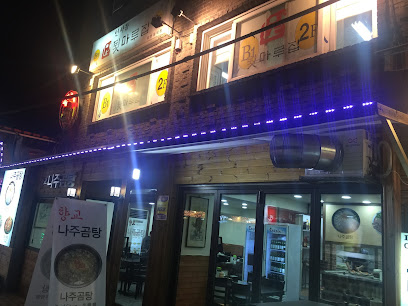
Insadong gukbap
1.1 km
Experience authentic Korean gukbap at Insadong Gukbap in Seoul - where tradition meets flavor in every bowl.
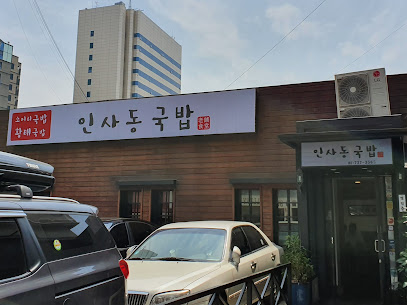
Yangbandaek
1.1 km
Experience authentic Korean flavors at Yangbandaek in Jongno District, where traditional cuisine meets warm hospitality.
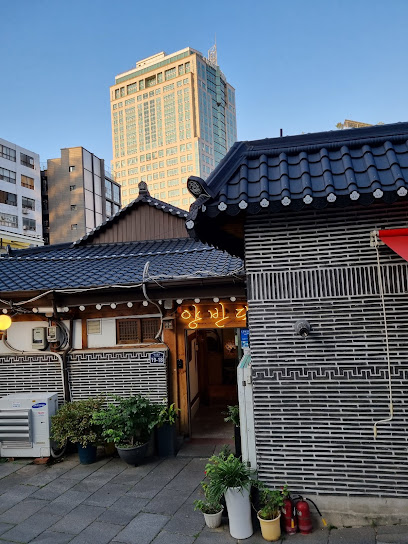
Tteok Salon Insadong
1.2 km
Experience authentic Korean rice cakes at Tteok Salon Insadong - a culinary gem in Seoul's historic Insadong district.
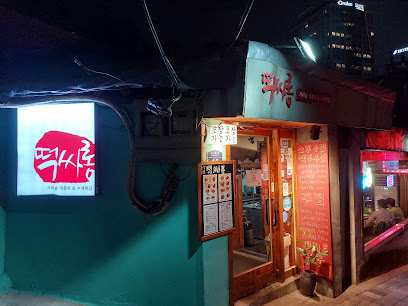
Markets, malls and hidden boutiques
MSK SHOP / Cafe Coin (Manado disk Shop)
0.4 km
Explore the essence of Korean fashion at MSK SHOP / Cafe Coin, where unique styles and exceptional quality meet in the heart of Seoul.
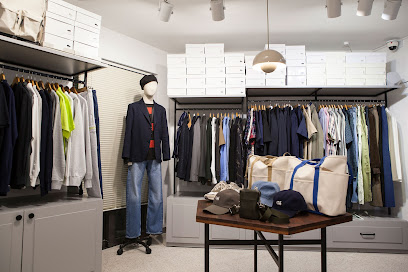
Object
0.7 km
Explore a charming souvenir store in Jongno District, Seoul, offering unique gifts and local crafts that reflect Korea's rich culture and heritage.
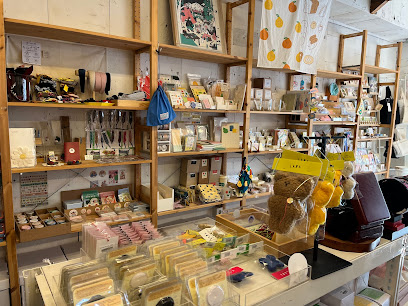
YG Place Insa Branch
0.8 km
Explore the vibrant world of K-pop at YG Place Insa Branch, Seoul's premier music store, offering exclusive merchandise and a taste of Korean music culture.
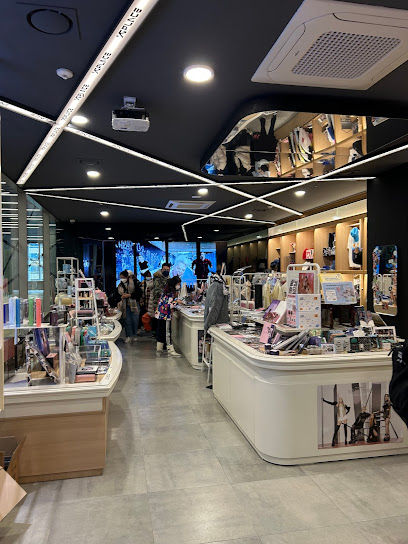
세령 (Korean HandMade Highclass Traditional Accessory)
0.9 km
Discover 세령: Your Destination for Exquisite Handmade Traditional Accessories in Seoul, Celebrating Korean Artistry and Culture.
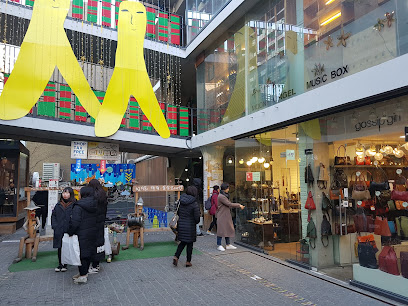
Ssamziegil
0.9 km
Explore the artistic heart of Seoul at Ssamziegil, where traditional crafts meet modern shopping in a vibrant cultural hub.
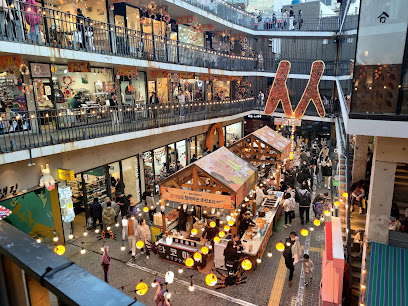
Moony Gongbang Music Box (무늬공방 도자기 오르골)
0.9 km
Discover the magic of handcrafted music boxes at Moony Gongbang in Seoul's Jongno District, where melodies and memories intertwine beautifully.
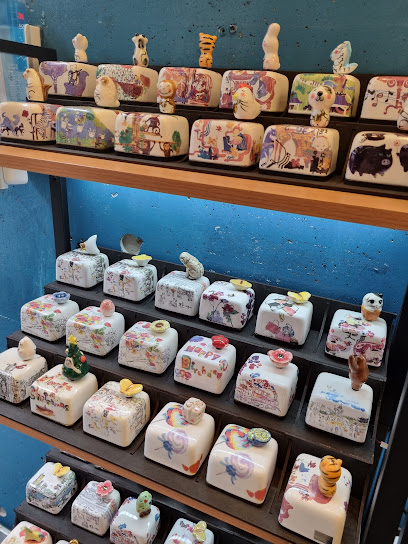
Kukje Embroidery
0.9 km
Discover the artistry of Korean embroidery at Kukje Embroidery, a unique gift shop in the heart of Seoul's Insa-dong district.
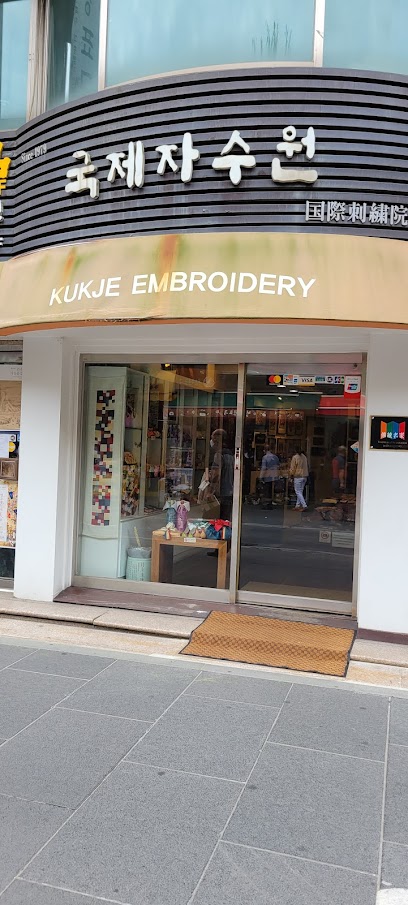
Insadong Vintage
1.0 km
Explore the rich tapestry of fashion history at Insadong Vintage, where each unique piece brings a story from the past to your wardrobe.
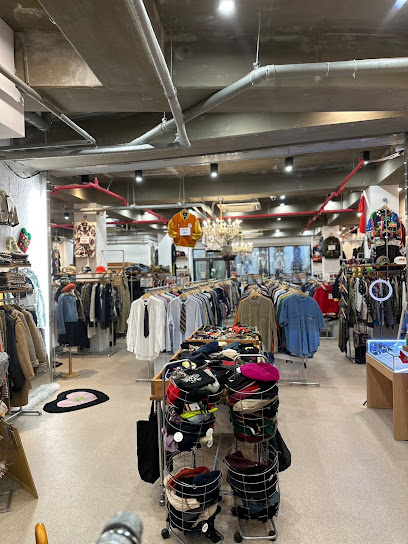
Etro Boutique
1.1 km
Discover the elegance of Italian fashion with unique prints and luxurious fabrics at Etro Boutique in Seoul, a must-visit for style enthusiasts.

Korean National Souvenir Center
1.1 km
Explore the Korean National Souvenir Center for unique handcrafted gifts and authentic cultural experiences in the heart of Seoul.
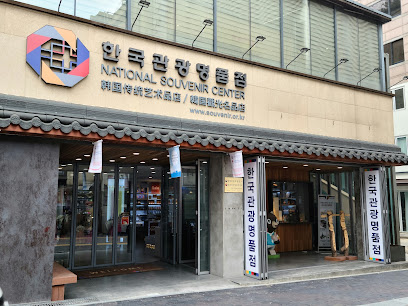
Yeon
1.1 km
Discover Yeon, a charming gift shop in Seoul, offering unique handmade products that reflect Korea's rich cultural heritage.
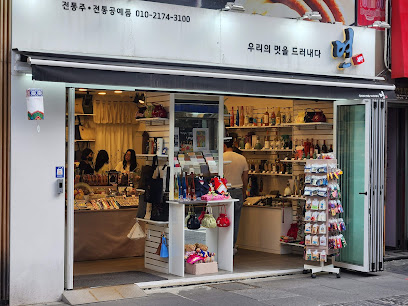
Insadong Bells and Wind Chimes Shop
1.1 km
Explore the enchanting Insadong Bells and Wind Chimes Shop in Seoul, a treasure trove of handcrafted gifts that capture the spirit of Korean culture.

인사1길
1.2 km
Explore the charm of Korean craftsmanship at Insa1-gil, a unique home goods store in Seoul's historic Insa-dong district.

AEOL SSIGU MADANG
1.2 km
Explore vintage treasures at AEOL SSIGU MADANG in the heart of Seoul's Insa-dong, where retro fashion meets a vibrant cultural scene.
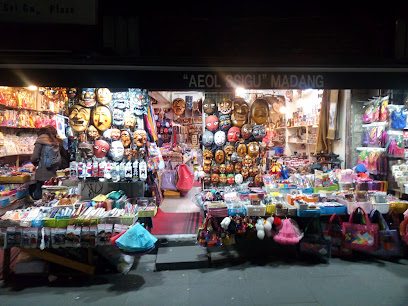
Damul
1.2 km
Explore Damul in Insa-dong, where traditional Korean fashion meets contemporary style in a vibrant shopping experience.

Essential bars & hidden hideouts
Bar Cham
0.6 km
Experience the art of mixology at Bar Cham, a cozy cocktail bar in Seoul's Jongno District, offering unique drinks and a warm ambiance.
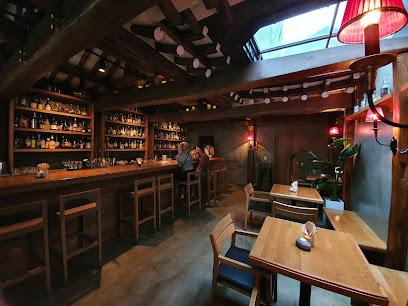
Bar Pomme
0.6 km
Discover the exquisite cocktails and vibrant atmosphere at Bar Pomme, a must-visit cocktail bar in Seoul's Jongno District.
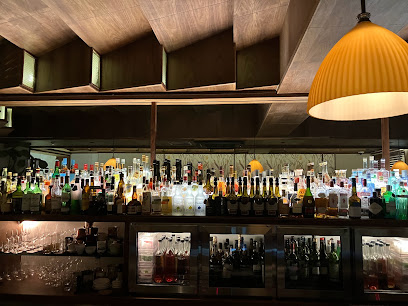
Tender Bar
0.7 km
Experience Seoul's nightlife at Tender Bar, a cocktail haven offering expertly crafted drinks and a vibrant atmosphere in Jongno District.

Cobbler
0.7 km
Experience the art of mixology at Cobbler, a premier cocktail bar in Seoul's Jongno District, where creativity and flavor intertwine.

찰스 H Charles H.
1.0 km
Discover the perfect blend of elegance and modernity at Charles H. in Seoul, a sophisticated bar and dining experience.
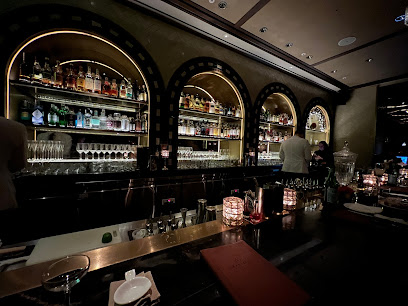
Tongkeun Imo
1.1 km
Discover the lively essence of Seoul's nightlife at Tongkeun Imo, a cozy bar in Insa-dong offering unique local drinks and a welcoming atmosphere.
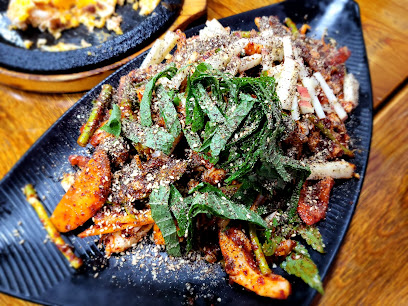
Seochon Dokkaebi
1.1 km
Discover Seochon Dokkaebi, a vibrant bar in Seoul that blends traditional Korean culture with modern nightlife, perfect for an unforgettable experience.

마당쇠호프
1.2 km
Discover the local charm of Seoul at 마당쇠호프, a popular bar in Insa-dong offering delicious drinks and a vibrant social atmosphere.
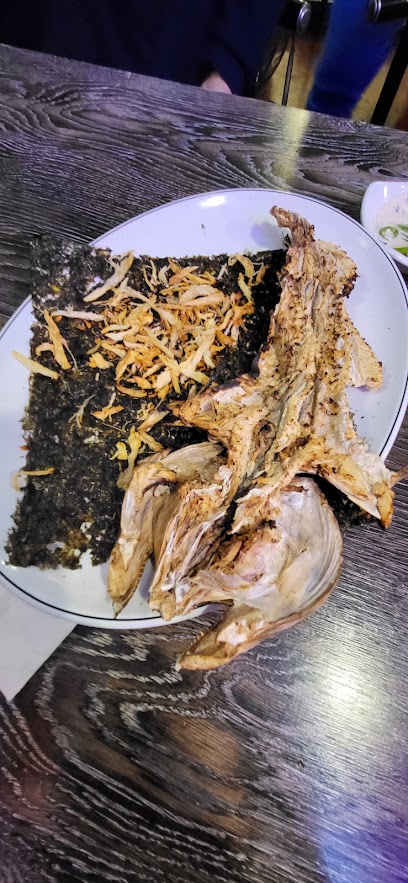
OB's Cabin
1.2 km
Experience the vibrant nightlife of Seoul at OB's Cabin, a live music bar where local talent shines in an intimate setting.
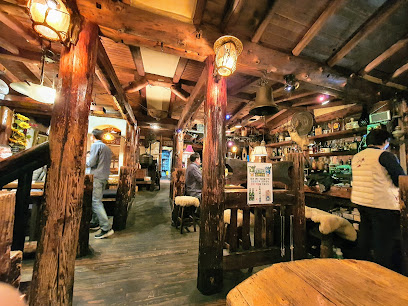
Tou
1.2 km
Experience the authentic taste of Korea at Tou, a Korean rice wine pub in Jongno District, where culture and flavor come alive.

Insadong Nogari
1.2 km
Experience the vibrant nightlife of Seoul at Insadong Nogari, a traditional bar offering delicious drinks and a welcoming atmosphere in the heart of Insadong.
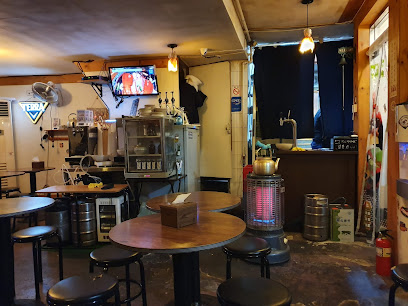
Jongnoilbeonzi
1.2 km
Discover the vibrant nightlife of Jongnoilbeonzi, a perfect bar to unwind in the heart of Seoul's cultural district, Insa-dong.
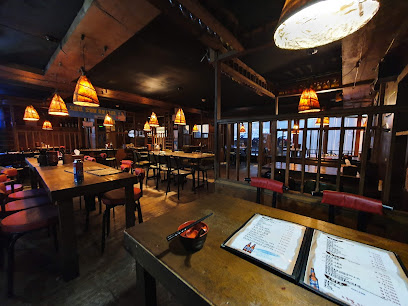
Ikseon bar Orb of Light Cocktail & Wine bar
1.2 km
Experience the exquisite blend of cocktails and wines at Seoul's enchanting Ikseon bar Orb of Light, a hidden gem in the heart of the city.
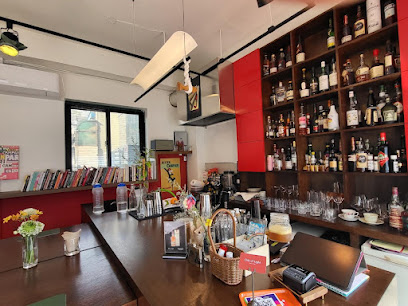
Haejeo
1.3 km
Discover Haejeo, a unique bar in Insa-dong, Seoul, where traditional culture meets modern mixology for an unforgettable experience.

레벤호프
1.3 km
Immerse yourself in Seoul's nightlife at 레벤호프, where traditional charm meets modern mixology in the heart of Insa-dong.




